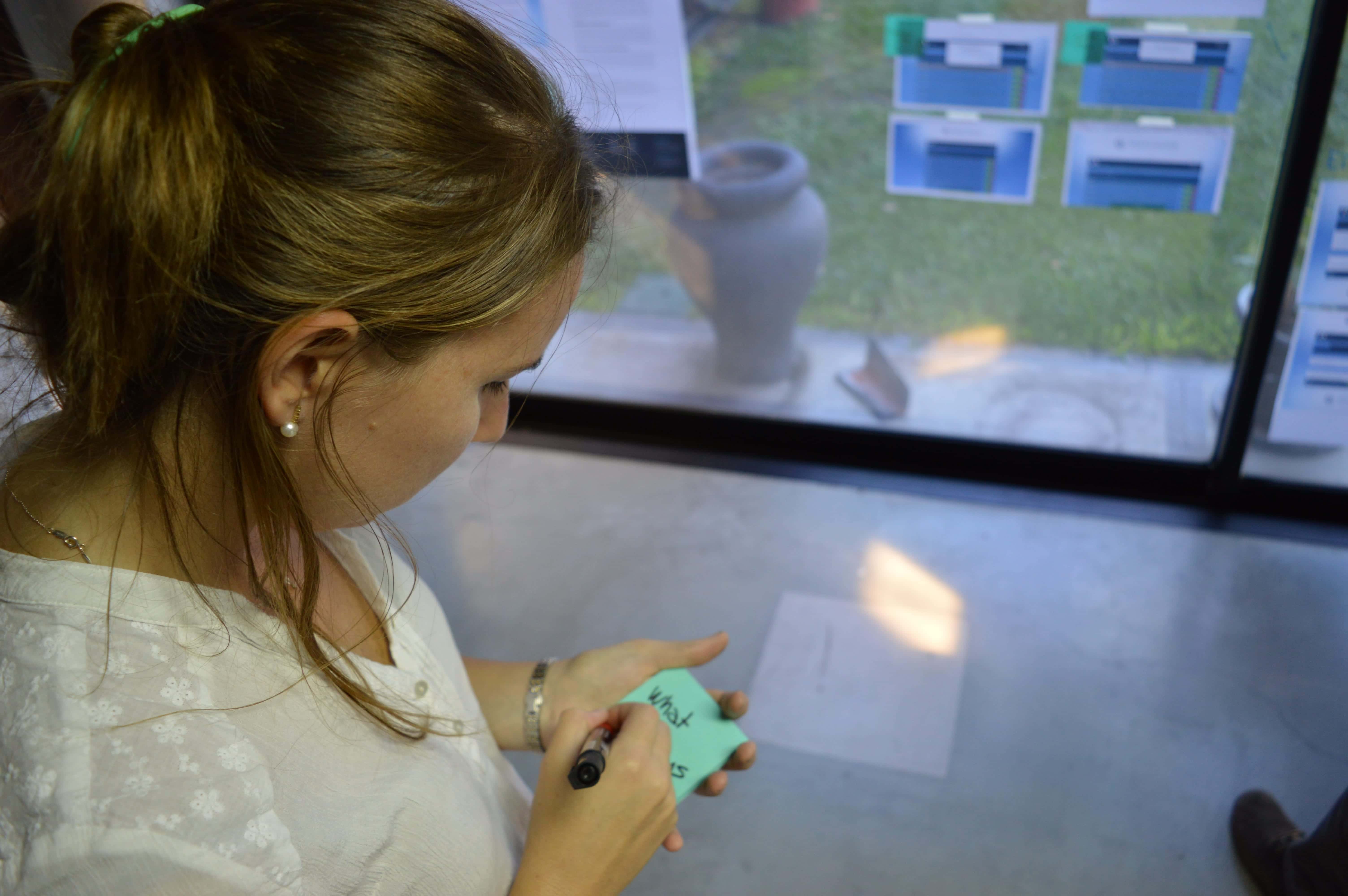Contents
The company’s profile: shaping an Agile Mindset
I love Agile, but, in this case, we need to be more hierarchical…
It is okay for people to choose what to work on, but this project is more important and I need these people working on that.
I’m all about transparency, but I’m afraid of what people will do if we make this information public.
These are some of the many phrases I encounter regarding “agile transformations”. They all follow the same formula: first the person says he agrees with the agile principle; he then follows up with a “but”. Finally, he declares the reasons why in this case his actions will be different from his words. Little by little, the exception becomes the rule, and the evident contradiction undermines the efforts on the road to agility, regardless of how much we have spent hiring consultants, getting certificates, courses, books, or whatever the newest trend is. There is no transformation strategy to support, in a sustainable manner, the difference between words and actions.
Contradictions
Many times, the biggest contradictions lie within the organization’s internal structures and policies. We cannot talk about horizontality in a highly hierarchical environment, or in the case where a team has a boss. We can’t talk about trust if there is a Human Resources department approving and refusing holiday leave. Also, we cannot talk about autonomy or transparency when a third party changes the configuration of a team based on information only he/she has.
It is extremely important to be aware of and know what to do when we are against the values we preach. Especially when our brain has the best tools for ignoring these differences. Personally, I have found some things I believe have helped me navigate through this sea of contradictions we are made of.
For an Agile Mindset: tips & tools
First and most important, it’s about working with people who, even though they may not share the agile mindset and the fundamental principles of what we are trying to promote, they do have the courage and confidence to help us realize when we have obviously departed from our own path.
If you want to know more about creating highly effective teams, take a look at this other article of mine. In this post I discuss the principles and policies we have embraced when forming new teams, or making changes to the teams that already exist.
In “Joy at Work”, I came across another tool I found extremely useful; it simply consists of making a general profile of each person working in the company. This will function as a guide when it’s time to define our policies and rules in our organization. This profile highlights who we are. It is used when we make our policies, take decisions and when we choose a certain path.
Your company’s profile: make your list

If we are aware that a person is reliable, then it should be easy to make certain information available. If we assume people are intelligent, we shouldn’t think that we are the only ones capable of making a decision. If we believe people are capable of doing their job, maybe we won’t feel the need to control.
When creating these policies and rules, we must be sure they’re aligned to the general profile of people working in our company, not for the borderline cases or exceptions. Moreover, when we encounter these exceptional cases, we should not be disappointed; a profile is an assumption, as flawed as those we make on a daily basis; it’s abstract. I believe that the most important thing is for our policies not to reflect what we wish to avoid, but rather what we are aiming for.
It is really helpful that the profile description is simple, short, supported by the organization’s leadership. Above all, it should be used as a basis for making decisions for problems to come. Thus, we will be more conscious about the size of the changes we propose, and how close we are to really adopting what we preach.
Maybe it is not necessary to start with an agreed description that encompasses the entire company; maybe a more personal exercise that defines our abstraction from the people we work with is enough. From there, we can learn to expect better things from our environment.
It has been almost two years since I made this exercise I’m now sharing; it has changed very little, and I’m still using it for UruIT, the company I’m working for.
People who work in UruIT:
- are reliable; restrictive control mechanisms are unnecessary;
- have good intentions. In the case of a mistake, the assumption is they acted trying to accomplish their work in the best possible manner;
- are transparent, have no fear of showing what they do and why;
- are intelligent and rational, the things they do are for a reason;
- want to improve and learn new things all the time; that is why they may feel down if they do not have the necessary means to achieve it;
- are autonomous and responsible. They do not need a person constantly telling them what to do in order to excel at work;
- are cooperative, they would rather work in teams.
To continue the conversation about Agile Mindset and how you can implement this simple activity in your company for a more agile and effective team, tweet us at @UruIT and share your thoughts!


2 comments